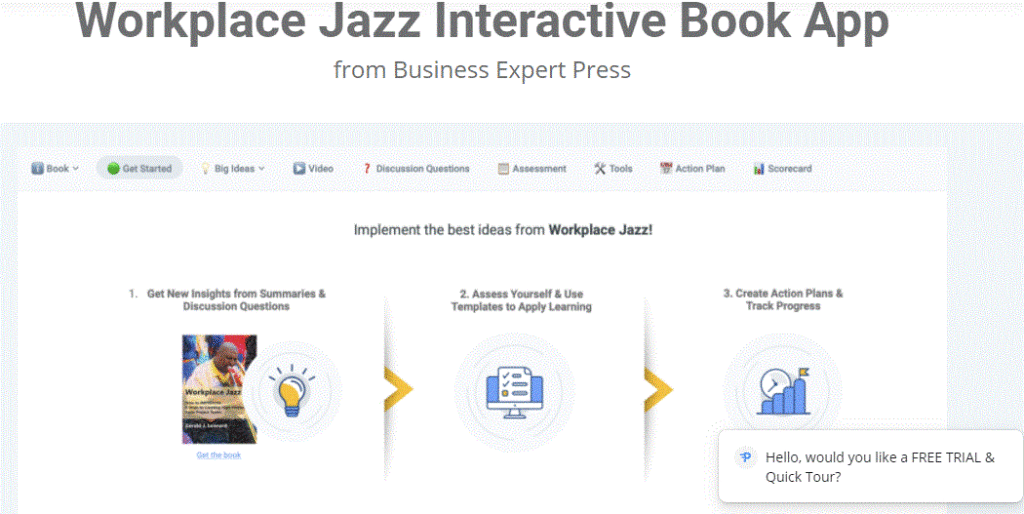How to Increase Profitability and Produce Successful Outcomes
As an entrepreneur, you want your business to be successful. You hope that your bright business idea will lead to profitability. Unfortunately, many business owners can tell you that making a profit can be harder than it looks. Sustainable success requires strategy and intentional effort.
Define the Meaning of Success for Your Business
When you started your business, you may not have been thinking about money alone. You had a vision for a product or service that added value to the lives of your customers. Some entrepreneurs have other priorities as they get started, hoping the endeavor will give them greater freedom, opportunities to travel or more time with their families. As you look for profitability, you also want to look at other successful outcomes from your business. Being your own boss may be worth a lower profit margin.
What is the best strategy to increase profits?
The best strategy to increase profits comes in two parts: increase income and reduce expenses. Both aspects of the profit margin involve analysis of your practices. Increased income can come from such actions as reaching out to a new market, introducing new products or increasing the engagement of your current customers. Decreasing expenses involves evaluating your overhead costs, increasing productivity and eliminating waste.
Create a Culture of Efficiency and Productivity in Your Workplace
Is there a better way? This is always an appropriate question to ask. Like many parts of your life, workplaces often fall into comfortable patterns. Such habits can make the work flow smoothly, but they can also entrench inefficient practices.
One of the frustrating parts of improving efficiency is resistance to change. As much as possible, bring your employees on board for the process. If you allow them to examine their own tasks, they may discover places to improve efficiency. You might consider offering rewards to employees who point out inefficiencies or create processes to improve productivity.
Don’t Undercut Your Efforts
Decreasing costs can be a tricky task. If you cut things too much, you will lower employee morale and decrease productivity. The best strategy to reduce expenses is to develop streamlined processes that lower frustration for your employees. People who enjoy their workplace will put in the best effort.
Employee burnout can become another pitfall of increased efficiency when employers reward better practices with a greater workload. The increased pressure leads to higher stress levels. As you make changes, you should look for warning signs of burnout like frequent sick days and a lower quality of work.
Consider the Cost of Customer Acquisition
From printed posters to online marketing campaigns, it costs time and money to bring new customers to your business. Understanding this expense can help you develop a strategy for profitability and sustainable growth. In the early days of business, the focus will be on growing the customer base. However, there may be times when it is more profitable to improve relationships with your current customers than to seek a new market. In general, it costs less to make a second sale with an existing client than to get an initial sale from a new one. Also, clients that already know and trust you are more likely to buy more expensive products or services from your business.
Provide Value and Meaning to Your Clients
People want to feel good about the choices they make, and your business is one of those choices. Every interaction with a customer is an opportunity to create trust and a positive impression. As much as you are offering a product, you are also sharing a message.
Sharing your story is an emerging way for smaller businesses to compete with larger institutions. People are more engaged when they understand why a business exists and not just what it does. They want to know about your passion and hopes for the enterprise. When they understand the reason, they are more likely to stay connected.
Marketing through a story is more than just sharing a compelling tale. For centuries, storytelling has been a primary way to pass on information, morals and meaning. Telling a story engages more parts of the brain than a sheet of statistics or bar graphs. When they hear a good story, listeners use the portions of their brains that translate language, create emotions and analyze facts logically.
Engage Clients at a Deeper Level
Modern businesses are learning a great deal from neuroscience. Although you like to think of yourself as making rational decisions, neurotransmitters affect many of your daily choices. A growing knowledge of this reality is shaping the way that businesses interact with customers.
Develop Happiness with Dopamine
Dopamine is the neurotransmitter associated with rewards. When gamblers hit the jackpot on their slot machines, they receive a burst of positive feeling as well as a shower of coins. Customer bonuses and surprise deals will evoke this reaction.
Stress and Cortisol
The body produces cortisol when it is under stress. For a long-term relationship with a customer, you may want to think twice about stimulating this reaction. People rarely have positive associations with high-pressure sales, and they will look for someone else to help them next time.
Create Trust with Oxytocin and Serotonin
Oxytocin and serotonin are hormones associated with contentedness and connection. Interactions that stimulate their production leave a positive impression. Offering excellent customer service, a relaxed atmosphere and friendly employees will encourage trusting relationships with long-term clients.
Seek an Outside View
It can be difficult to gain perspective when you are handling the day-to-day work of a new business. At the Productivity Intelligence Institute, my focus is helping entrepreneurs develop positive outcomes for their businesses. If you are wondering what is the best strategy to increase profits while maintaining a positive workplace culture, it would be my pleasure to work with you.







